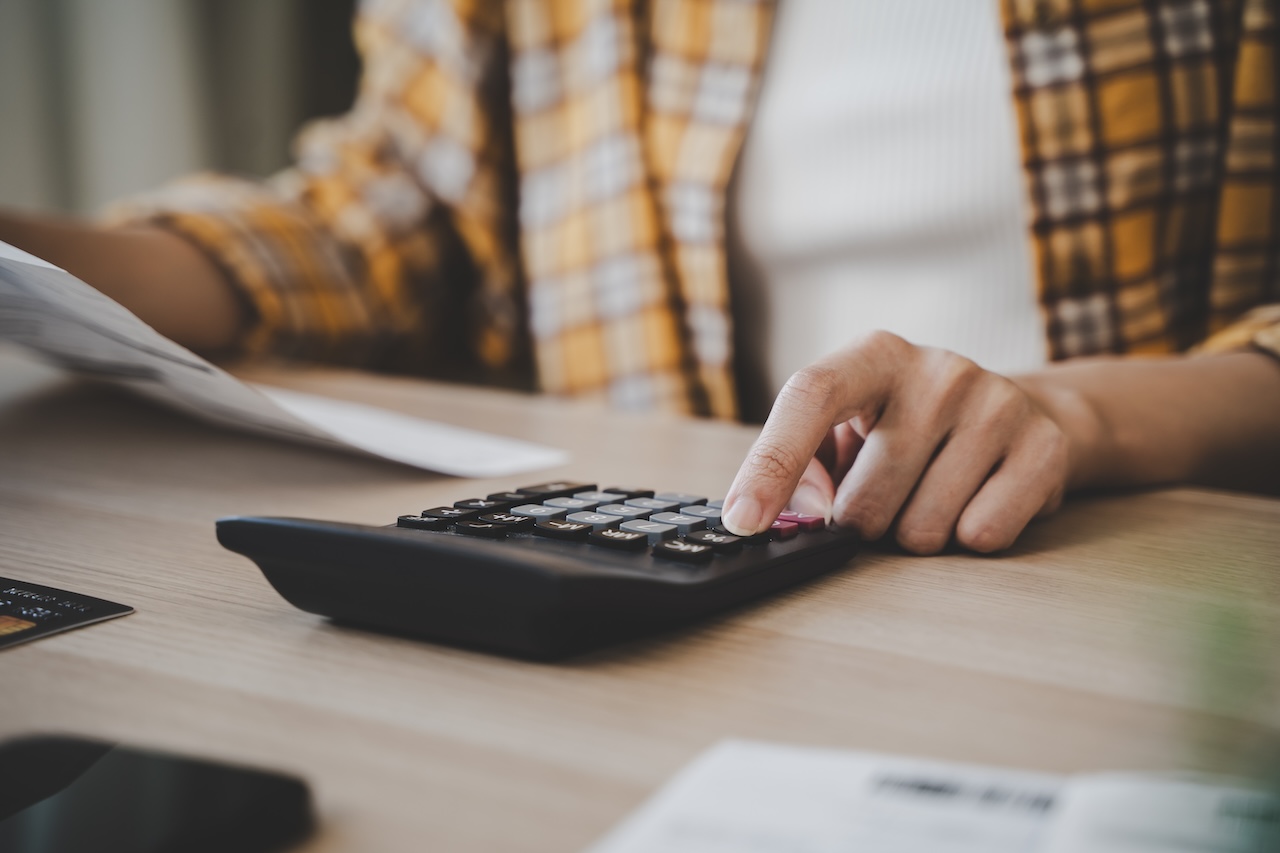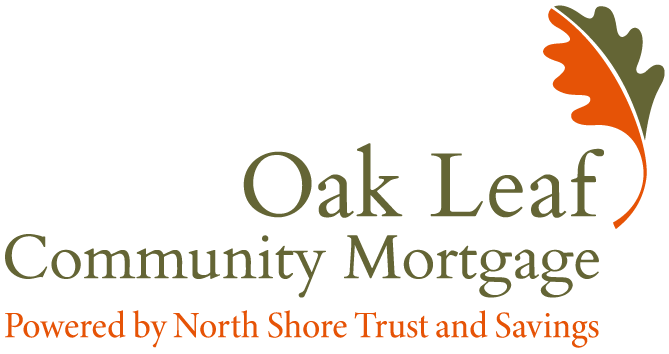
As adults, we often find ourselves navigating complex financial decisions that we wish we had been better prepared for. One of the most significant of these decisions is buying a home. Here’s a chronological guide to understanding the home-buying process, from preparing your finances to closing the deal.
Preparing Your Finances
Before you even start looking at houses, it’s crucial to get your finances in order. This preparation phase involves several key steps:
Start Saving Early: It’s never too early to start saving for a home. A solid savings plan can help cover down payments and closing costs. Even if you’re not ready to buy now, building a savings habit can prepare you for future opportunities. Consistent savings over time can make a significant difference when you’re ready to make a purchase.
Understand Your Credit Score: Your credit score is a crucial factor in securing a great mortgage rate. Lenders use it to assess your creditworthiness. Managing your debts responsibly and making timely payments on your existing credit are essential practices to maintain a high credit score.
Know Your Debt to Income Ratio (DTI): Your DTI is the percentage of your monthly income that goes toward paying debts. A typical maximum DTI is 45%. Keeping a lower DTI can improve your chances of getting approved for a mortgage and securing favorable terms.
Employment History: Having a stable employment history is essential for qualifying for a home mortgage. Lenders need to see consistent income to ensure you can handle monthly payments. If your employment situation is stable, it boosts your reliability as a borrower.


Finding the Right Lender and Getting Preapproved
Before you start house hunting, it’s important to find a reputable lender and get preapproved for a mortgage. This step helps you understand what you can afford and makes you a more attractive buyer. Sellers often require a preapproval letter to consider your offer seriously. Working with a knowledgeable and honest lender can make all the difference. A good lender can guide you through each step, ensuring you understand the process and helping you secure the best possible terms
House Hunting and Making an Offer
Once your finances are in good shape and you have your preapproval letter, you can start the exciting part – looking for your new home.
Understanding Equity: As you evaluate potential homes, consider how you will build equity. Equity is the difference between your home’s market value and the balance on your mortgage. You build equity by making mortgage payments and when your home’s value increases. This equity can be a significant asset over time, providing financial leverage for future needs or investments.
Making an Offer: When you find the right home, you’ll need to make an offer. Your earnest money deposit shows the seller that you’re serious. Ensure this deposit comes from your own personal bank account or acceptable gift funds.


Securing a Mortgage
After your offer is accepted, the next step is securing a mortgage. This involves several important factors:
Interest Rates: An interest rate is the cost of borrowing money, expressed as a percentage of the loan amount. It can be fixed, meaning it stays the same throughout the loan term, or variable, changing with market conditions. Understanding the differences and how each type affects your payments is vital in choosing the right mortgage.
Down Payments: Many people believe that you need a 20% down payment to buy a home, but this is not necessarily true. There are various loan programs available with lower down payment requirements, making homeownership more accessible.
Homeowners Insurance: Lenders require proof of homeowners insurance before approving a mortgage. This insurance protects your investment and theirs in case of damage or loss. It’s a crucial part of the home-buying process that safeguards your new home from unforeseen events.
The Final Steps
With your mortgage secured, you’re almost ready to move into your new home. Here are the final steps:
Prepare for Property Taxes: Owning a home also means being responsible for property taxes. These are annual taxes based on your property’s value and are a crucial part of your overall budget.
Closing the Deal: Getting the mortgage is only half the process. You also need to be able to close. This involves showing proof of funds in a bank account to cover the closing costs. Being prepared with all the necessary documentation can streamline this final step.
Be Aware of the Timeline: It typically takes 30-45 days to close a home loan. This period involves various steps, including inspections, appraisals, and finalizing the loan details. Patience and preparation are key during this time

Navigating the mortgage process can be complex, but with the right knowledge and a trusted partner like Oak Leaf Community Mortgage, you can confidently take the steps toward homeownership. Happy learning, and happy house hunting!



